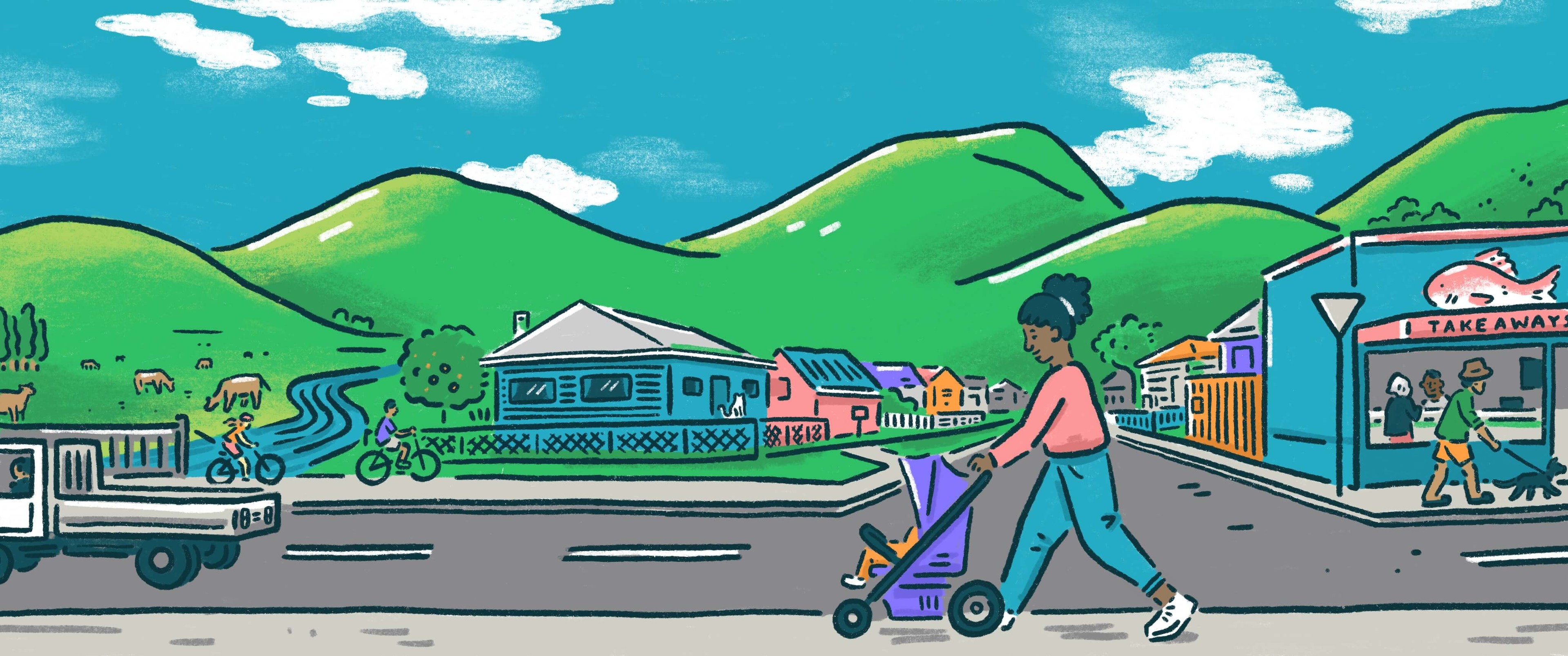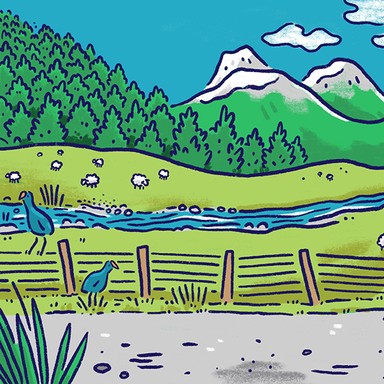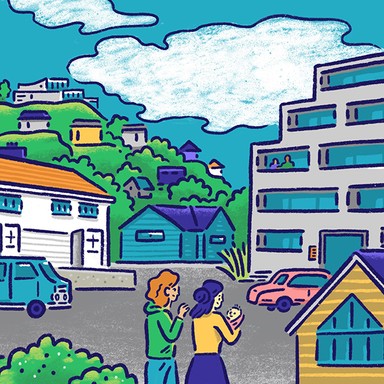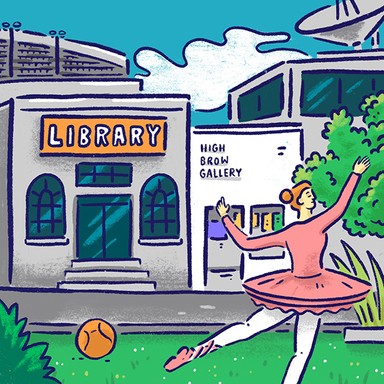
Waimakariri District Council

Transport
Helping communities get from A to B is a key responsibility of local government, from making sure the buses run on time to providing car parking and walking and cycling paths. Whether public transport is the responsibility of the regional or local council depends on where you are in the country. Local councils also own 87% of New Zealand’s roads.

Transport
Helping communities get from A to B is a key responsibility of local government, from making sure the buses run on time to providing car parking and walking and cycling paths. Whether public transport is the responsibility of the regional or local council depends on where you are in the country. Local councils also own 87% of New Zealand’s roads.
Upgrade road surfaces in both rural and urban areas. Including flooding, pot-holes, passing lanes etc.
Improve traffic flows in critical peak hour traffic areas as an absolute priority.
Encourage alternative transport means that are self sustainable.
Improve district walking/cycling networks with a focus on safe cycle/walkways for children to rural schools.
Prioritise safety improvements proposed on rural roads and intersections.
Develop and implement a transport strategy which offers wider access to buses and transport innovation both within and outside the district.
Create greater council understanding of the particular challenges of maintaining roading in rural areas, like drainage, pot-holes and slips.
Upgrade road surfaces in both rural and urban areas. Including flooding, pot-holes, passing lanes etc.
Improve traffic flows in critical peak hour traffic areas as an absolute priority.
Encourage alternative transport means that are self sustainable.
Improve district walking/cycling networks with a focus on safe cycle/walkways for children to rural schools.
Prioritise safety improvements proposed on rural roads and intersections.
Develop and implement a transport strategy which offers wider access to buses and transport innovation both within and outside the district.
Create greater council understanding of the particular challenges of maintaining roading in rural areas, like drainage, pot-holes and slips.
Mayor
Compare the mayoral candidates in your area
Local council
Compare the candidates for your city or district council
Regional council
Compare the candidates for your regional council
Local board
Compare the candidates for your local or community board







